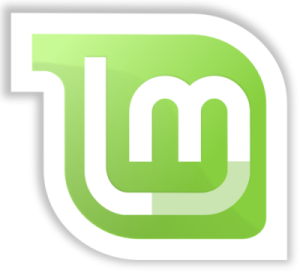Right now Linux are used world wide in many distro suitted with the user need. But do you know the most well know and popular Linux distribution / distro until February 2011?
According the data from Distrowatch which based on average page hits per day for the February 2011 period, we can find the information about the popularity of the Linux distributions. The result of the three most popular distro are bellow :
Ubuntu
Ubuntu is the first popular distro linux distribution right now. This distro actually was based from Debian. Since the first release, Ubuntu is always taking its place in the top three. The popularity of ubuntu comes from the simple of installing and using this distro. The software installation and package management is fantastic easy. The distribution is a community distribution and sponsored by Canonical. It is suitable for a wide range of users, from newcomers to advance users and there is also a server edition available. Ubuntu is released twice a year in April and October.
Linux Mint
Linux Mint is the second popular linux ditribution. This distribution was based on Ubuntu with integrated multimedia codecs. The goal of this distro is to provide a more complete out-of-the-box experience by including browser plugins, media codecs, support for DVD playback, Java and other components. It also adds a custom desktop and menus, several unique configuration tools, and a web-based package installation interface. As a distro which based on Ubuntu, Linux Mint is compatible with Ubuntu software repositories.
Fedora
Fedora is the third popular Linux ditribution. Fedora is one of the community distributions sponsored by RedHat. The goal of The Fedora Project is to work with the Linux community to build a complete, general purpose operating system exclusively from open source software. The project will produce time-based releases of Fedora about 2-3 times a year, with a public release schedule. The Anaconda graphical tool allows the user to easily install and configure their system. Fedora also has the option to embed SE Linux (SE stands for Security Enhanced) during the installation which adds to an already secure system.





